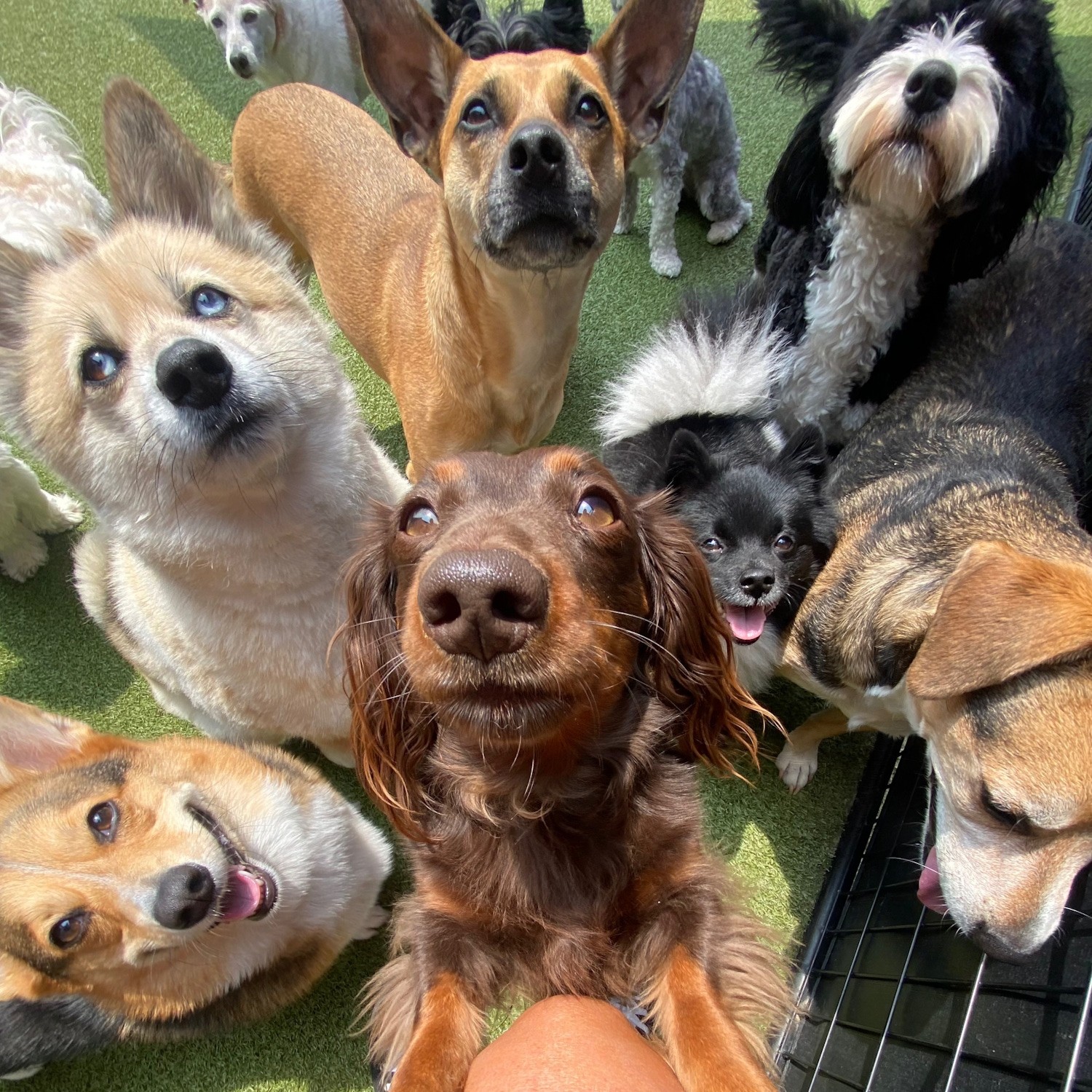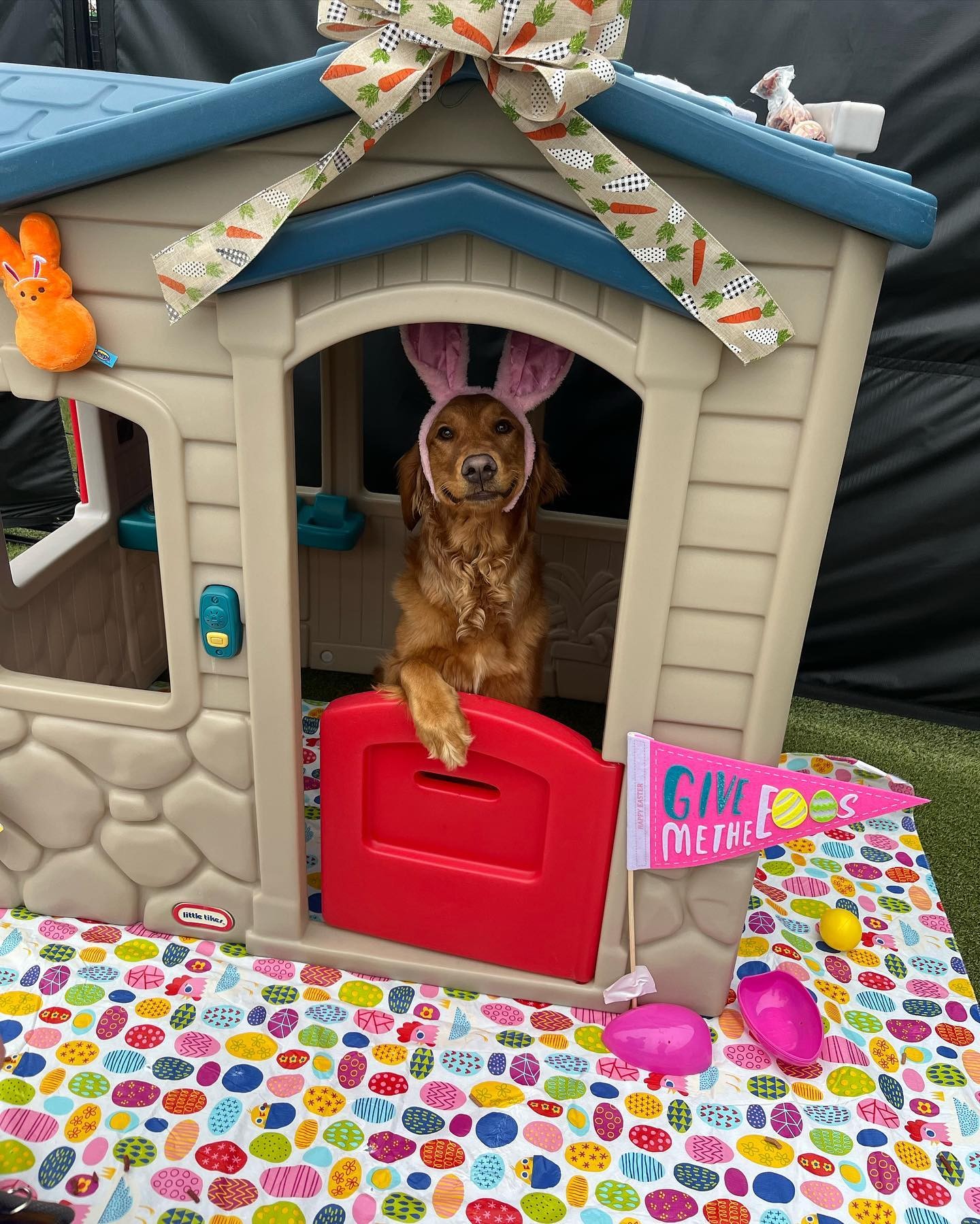We’re excited to introduce you to the always interesting and insightful Alex Varney. We hope you’ll enjoy our conversation with Alex below.
Alex, thanks for taking the time to share your stories with us today Talk to us about building your team? What was it like? What were some of the key challenges and what was your process like?
When we built our pet resort, we researched best practices for interviewing and hiring, but it took years to shape the hiring process to find and retain employees that immediately felt like family. In general, the pet industry attracts part-time, young people that enjoy the company of animals more than humans. Even once we found passionate animal advocates, we struggled to keep them after they graduated or found a “real job.”
One of our main focuses became to hire people that were an excellent fit for the detail-oriented and fast-paced environment that didn’t necessarily have an exact plan for their future and SHOW them that pet care was a viable option for a career rather than simply a temporary job.
We shifted our whole structure to provide opportunities for growth and benefits with clear pathways to high-paying long-term jobs. What used to be only entry-level employees vs. managers turned into leadership stepping stones with Team Lead positions, marketing development with a Media Team and Media Team Lead, Safety Committees, and Groom Tech to fully certified Groomer pathways.
Even our management team was broken into a Front of House, Back of House, and General Manager roles in promoting development in those who have already entered the management positions and continue reaching new heights and opportunities.
Outside of the change in structure to increase longevity, we shifted the culture to highly valued education and provided opportunities for our team members to become invested in themselves. We use a program called Bonusly, which gives public “stars” (that can be turned into supplemental pay) for team members that take the time to learn. The learning items vary in topic from specific education about our industry to items purely for building personal value and skills.
We also use the Bonusly program as a cultural morale boost by giving each team member a monthly allotment of “stars” to give to their fellow team members when they see them going above and beyond. This fosters an environment of cooperation and positive reinforcement from co-workers, not just the managers.
Modifying the structure of our team and providing growth opportunities were ways to attract team members that would help us reach our goals of providing fantastic service with lower turnover. Still, hiring and training well has to come from many angles.
We changed who we recruited, contacting high school counselors and 4H clubs to advertise available career paths.
We modified the hiring process to be faster (first Zoom interview scheduled in 48 hours, first in-person interview and tour with a shadow element within 48 hours after that, and final response within 24 hours) to compete with the high competition within the job market. We added a probationary period with check-ins to be better communicators and supporters of our new employees, which helped them integrate and feel more comfortable, faster.
We increased our benefits – PTO, 401k, phone plans, discounts, events, and more (and constantly working on better).
In 2017, we had a binder of training we asked new team members to read. With changed times, better technology, and new generations, there are more viable ways to teach younger employees. We shifted all our training into bite-sized videos online with checks to ensure the knowledge was understood. We also increased the time employees are in training before allowing them to be independent. More than that, we allowed them to have a say in their onboarding flow by signing off on items they felt entirely comfortable with and their trainers to sign off on things they felt satisfied with their trainee doing independently.
The increased flow of conversation, personalization, and clear expectations for ongoing education and growth fostered a company of care, longevity, and a proper family feeling while producing well-trained great performers rewarded for their excellent care for our guests.
We’ll always be dissatisfied with our processes because everything changes over time, including what employees need and want and what we can provide as we continue to grow. We’ll constantly re-evaluate and look for improvement opportunities but are also very proud of how far we’ve come. I’m sure our employees would agree!


As always, we appreciate you sharing your insights and we’ve got a few more questions for you, but before we get to all of that can you take a minute to introduce yourself and give our readers some of your back background and context?
My name is Alex Varney. My family and I built a luxury pet resort in 2016 in Grove City, Ohio, offering overnight boarding, daycare, grooming, and training services.
When we entered the business, we had limited knowledge and no experience. The learning curve was HUGE, but we enjoyed rising to the challenges and constantly re-evaluating all services and opportunities.
The exciting thing about pet resorts is that they are all built and run very differently, providing pet parents an excellent opportunity to explore various options and find the best fit for their pets.
Our most significant focus is creating a unique experience for each pet personality and providing clear communication daily for the parents.
We cater to pets like we would humans. They are all unique; some need more human attention and care for medical needs or anxiety. Some love socializing with other pets, and some hate it. They are all welcome here and can have daily activities focused on creating an enjoyable experience centered around what makes them happy.
We send daily reports with pictures, notes, feeding and medication logs, and any questions or concerns so that families are constantly helping us care for their pets as a team. This can be through suggestions on helping a pet eat more, learning the cues their pet understands from experiences at home, and identifying any health concerns as being “normal” for them or new.
We know that each pet likely prefers to be home with their family (not always the case, though, especially in daycare), but we want to be a low-stress and fun environment that our pets and their families trust to provide the best care for their loved ones while they are with us.
The question “What is in the best interest of the pet?” has guided us to create excellent policies, build a unique, safe, and healthy building, and communicate with our clients to help our guests live their best lives.



Learning and unlearning are both critical parts of growth – can you share a story of a time when you had to unlearn a lesson?
I used to think that communication was easy. You can use similar terms, stories, and facts to convey meaning if you write or speak well. I quickly learned that communication styles must be modified depending on your audience and environment and tweaked for the listener’s knowledge, experiences, and ability to process the information you provide. That makes communication tricky!
I’ll use sharing behavioral concerns about a dog with their owners as an example:
It used to be that I would tell a client, “Your dog is barking in other dogs’ faces, and they don’t like it.” when describing behavior that is a red flag in socialization upon pet pickup.
That factual communication style usually had one of two results. 1) The pet parent would shrug and say something like “Okay, I’ll talk to them.” or 2) They would be offended that we had something negative to say about their pup.
Explaining the concept more softly went a little better with “Fluffy had a rough day. He wanted to play with his friends but showed it by yelling at them until they gave him attention. This is considered rude in doggy language, so we’re working with him by redirecting him to friends who want to play and trying to teach him better ways to engage his playmates.” That was usually met with, “Okay, thanks for letting me know!”
That communication was heard and accepted better but did not place any responsibility nor share the severity of the concern, and the problem mainly was perpetuated until our clients got tired of getting the same feedback every conversation and would become frustrated with us.
Shifting to solutions-based communication with an analogy has gone a lot better in helping me find a path to success. It sounds like this: “Fluffy had a rough day and was given a few breaks. He loves playing but often tries to get other dogs to play by barking at them until they pay him attention. This type of dog communication is considered rude in their language. It would be similar to you trying to tell an acquaintance that you didn’t want to go to a party with them, and they keep asking you over and over again very loudly until you get a little freaked out and frustrated and do something drastic to get them to leave you alone. Our concern is that a pup will get frustrated and lash out one of these times, and we don’t want Fluffy to get hurt. Something we can work on is their recall and ability to lower their energy so they can respond better to cues. Here is how you can work on recall at home: _______________________. Here is how our certified trainer can be a helpful resource _______________. Here is what we need to see a change to be a happy and safe addition to the daycare program ________________. What is your suggestion based on your experiences at home?” The information is the same but the reception and outcome are much more positive and productive.
The environment is important too. If the lobby is filled with people, the client will be more likely to be defensive when getting constructive feedback in a public setting. If we have already given the dog back to the client, they are distracted by their excited pup, want to leave, and likely won’t take in the information. Having a quiet setting, human-to-human has been the best way to have these sometimes challenging conversations.
How we communicate should always be fluid and flexible based on all the factors of the environment, the concepts, the words, body language, desires, and perceptions of all parties. It’s more complex than just saying words that make sense to you and has taken much learning and practice.
What’s worked well for you in terms of a source for new clients?
The best source of our clients has been local Veterinary clinics. As trusted resources for pet care, it has been important to stay engaged with them. At every opportunity, we connect with them about changes to our policies and procedures, ask health and safety questions, celebrate them (if you didn’t know, Veterinarians have one of the toughest jobs in the world) for all they do, and invite them to use our services so they understand the level of care we put into everything we do.
If our Veterinarians believe in us as experts in pet care, the clients that ask them for advice in non-medical care services trust their recommendation and reach out to us.
Contact Info:
- Website: www.pinnaclepets.com
- Instagram: www.instagram.com/Pinnaclepets
- Facebook: www.facebook.com/pinnaclepetsplayandstay


